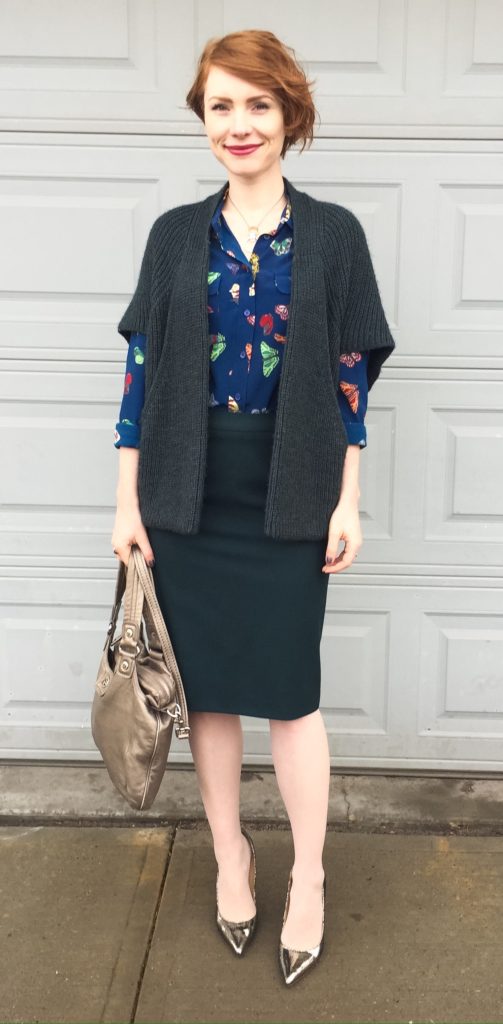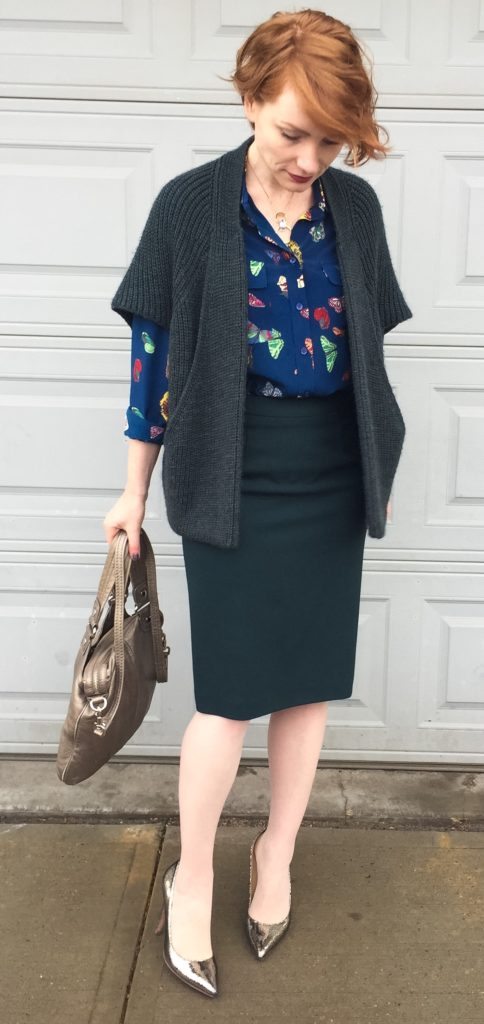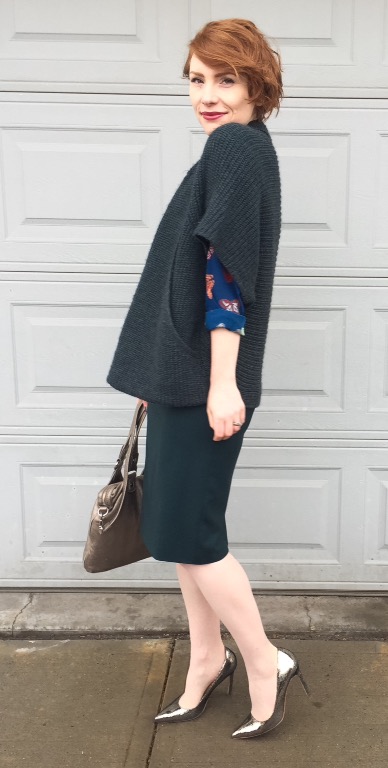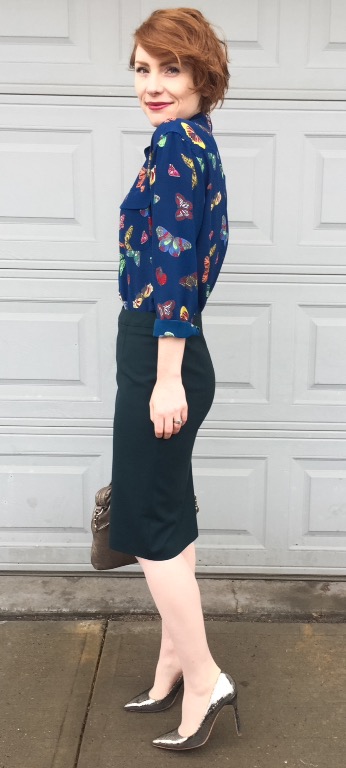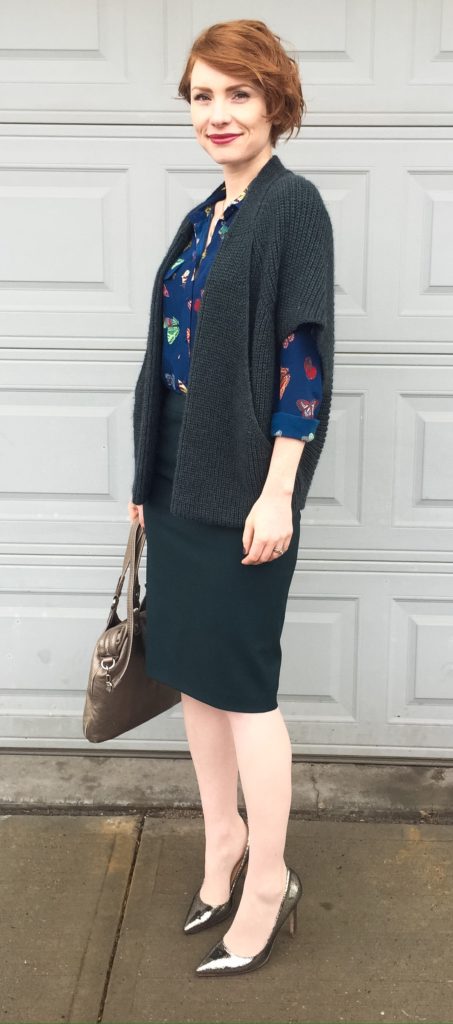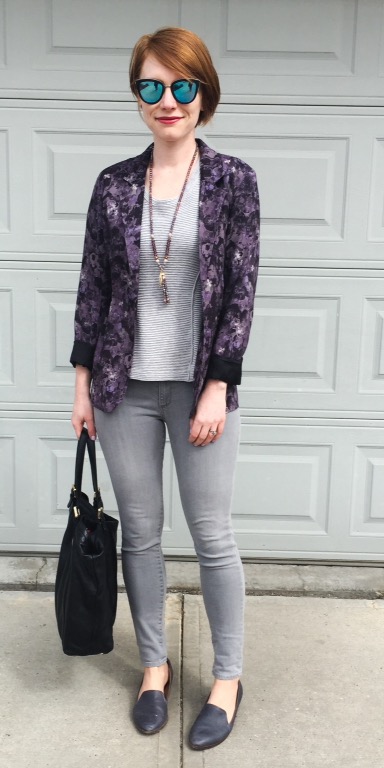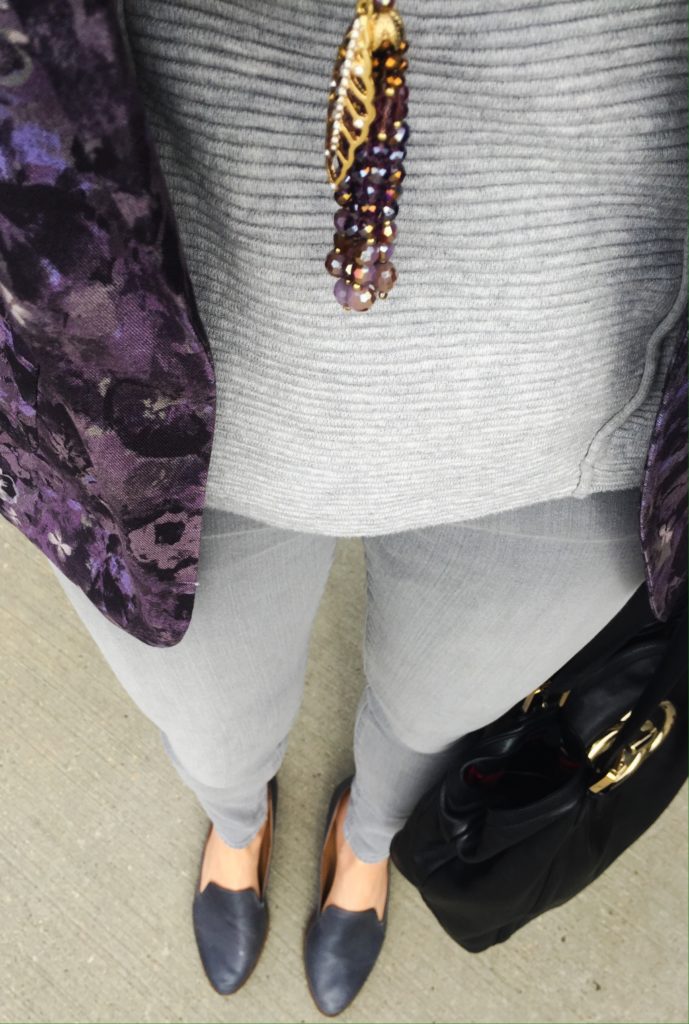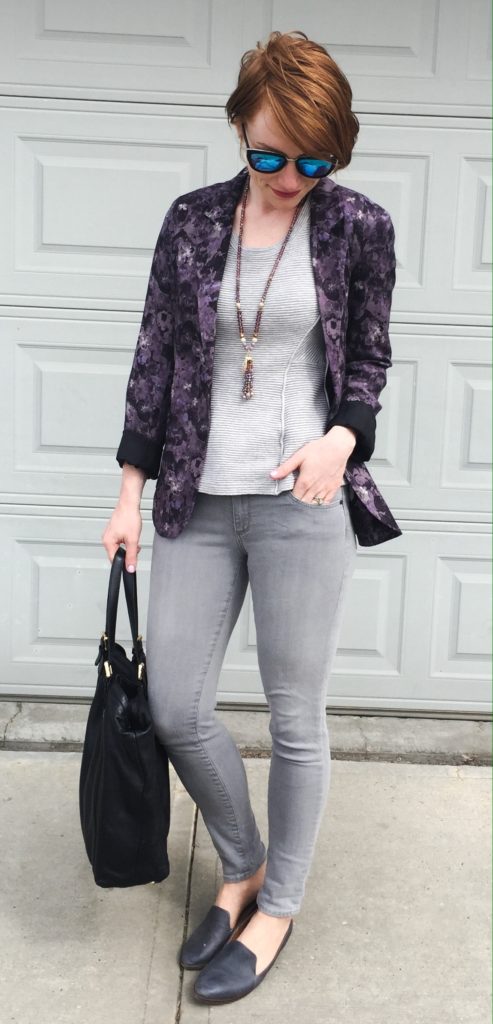I have a bit of a fascination with dictators. I don’t know what that says about me, honestly. If I had the time, I would happily sit through every show in A&E’s annual Hitler extravaganza. [Is that still a thing? Or did A&E dump Hitler in favour of sharks?] However, I am also oddly embarrassed of my predilection, so I rarely indulge it. I feel the same way about serial killers, which actually makes some sense since most dictators are serial killers on a grand scale. Anyway, the fact is that I know very little about dictators, save for what I’ve absorbed through osmosis from popular culture — and when it comes to this topic, North America (or its entertainment industry, I should say) is kind of obsessed with Hitler. Possibly because the West has been familiar with the details of his crimes almost from the beginning? I’m not sure.
As difficult of a read as A Night In Winter proved to be, it did prompt me to look up Simon Sebag Montefiore’s biography of Stalin. I knew very little, besides a thumbnail sketch, of the man. As with his biography of the Romanovs, Montefiore appears to be exhaustive in his research of Stalin. The book is thick, and dense with facts. It doesn’t spend a lot of time on Stalin’s childhood or early years in the Communist Party; Montefiore also wrote Young Stalin, which probably explains why he would not want to cover the same ground twice. Instead, the book focuses on the period from the 1930s up to Stalin’s death. This was actually the period of greatest interest to me, because I wanted to learn more about what life in Stalinist Russia had been like. The book does touch a fair bit on the main figures in Stalin’s political and personal life, which is what I was hoping for, but this came with a downside; there were a lot of people to keep track of, and some of them were too one-dimensional to be interesting. I frequently found myself wishing that, in addition to Stalin, Montefiore had focused on a smaller group of subjects — people like Svetlana Stalin, Nadya and Zhenia Alliluyeva, and Lavrenti Beria, who interested me from a psychological, rather than political perspective. I’m probably being unfair, because I’m sure the book was intended to be a political biography rather than a psychological portrait; with that said, Montefiore strikes me as a perceptive armchair psychologist, so I enjoyed the snippets of personality analyses sprinkled throughout the book.
Stalin was a long slog of a read, but I did to finish a shorter, breezier book in the meantime: If Walls Could Talk by Lucy Worsley. I love books of this kind, like The Time Traveler’s Guide to Medieval England by Ian Mortimer. I thought IWCT also bore a lot of similarity to Bill Bryson’s At Home, though the latter is (in my opinion) a superior book. I enjoyed IWCT, but I also found it rather shallow. Balancing scholarship and entertainment value is not easy, but I think that authors like Bryson and Mortimer hit a better balance than Worsley in this book. Some chapters were only a few pages long, and left me longing for more information. I would recommend this book as a library loan, rather than a purchase.
On to articles … this NPR report on maternal mortality rates in the US is absolutely heartbreaking but also a tremendously important call to action. I was fortunate enough to go through two uncomplicated births, and never questioned the level of care I received — I just took it for granted. I cannot fathom being in a situation of utter vulnerability and not feeling 100% confident that I was getting the best care possible.
On a different note, this reddit thread (and the subject article) on the ethical aspects of fast fashion was another thought-provoking read. That there are systemic problems with current manufacturing practices is undeniable; but, as addressed in one of the comments, what happens to garment factory workers if those factories close down because US consumers start buying only “made in USA”? The answer seems to be to advocate for better working conditions and tighter government controls (to ensure safety, fair labour practices, etc.) in those same countries where manufacturing is a key industry now … but how can consumers be sure that they are supporting companies that rely exclusively on ethical manufacturers, thereby incentivizing the whole industry to move towards that direction? Personally, I don’t trust initiatives of companies like H&M that purport to demonstrate how ethical the retailer is being; they have too much at stake to truly be transparent. Organizations like Ecoage are great, but I am not sure that their reach is great enough – yet – to impact the average consumers, especially those on a budget. I don’t know what the answer is. Shopping secondhand, as much as possible, is one answer, which works for me but which may not work for everyone. I get discouraged by broad statements like “under capitalism, there is no ethical consumption.” There have to be more options.
